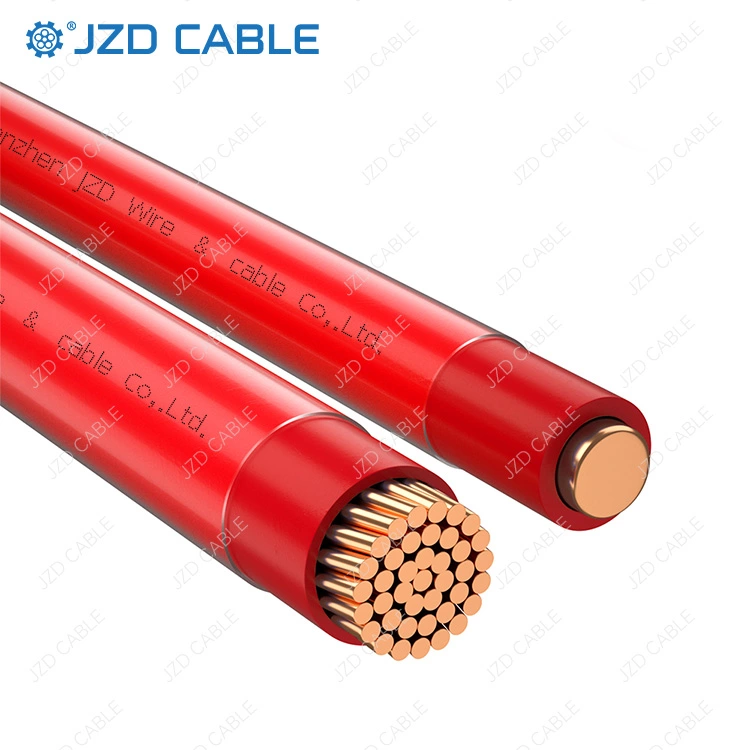
SPT-1 vs SPT-2 vs SPT-3: A Complete Guide to Understanding and Choosing the Right Service Cord
When selecting the right electrical cord for lamps, appliances, or seasonal lighting, you’ve likely encountered the terms SPT-1, SPT-2, and SPT-3. These designations refer to specific types of “Service Parallel Thermoplastic” (SPT) cords, commonly known as lamp cords or zip cords. While they may look similar at a glance, critical differences in their construction determine their safety, capacity, and suitable

T90 vs TWN75 Cable: Differences, Uses & How to Choose
Choosing the right electrical cable is critical for safety, performance, and compliance. Two common specifications that often cause confusion are T90 nylon jacketed cable and TWN75 building wire. While they may look similar, they are designed for different environments and standards. This guide breaks down their differences, applications, and helps you decide which one is right for your project. What

T90 Cable vs. THHN Wire: Understanding the Differences and Applications
When specifying building wire for construction, industrial, or commercial projects, two common designations you’ll encounter are T90 and THHN. While they are often mentioned together and can look very similar, they are not interchangeable. Understanding the precise relationship between T90 and THHN is crucial for selecting the right product for safety, code compliance, and performance. This guide breaks down what

MTW vs.THHN Wire: Key Differences in Construction & Applications
Selecting the correct wire type is critical for the safety, performance, and code compliance of any electrical installation. Two common types, MTW and THHN, are often used in industrial and commercial settings but serve distinct purposes. A fundamental difference lies in their construction: MTW cable typically does not have an overall nylon jacket, whereas THHN cable does. This guide from

Wiring Industrial Machinery? Are You Sure You’re Using the Right MTW Cable?
When selecting internal wiring for industrial machinery and automation equipment, have you ever encountered issues with cables deteriorating quickly due to oil exposure and constant flexing? MTW cable is specifically engineered to tackle these harsh challenges. This article provides an in-depth look at this renowned Machine Tool Wire, guiding you toward a smarter choice for your applications. What Is MTW

TWN75 Nylon Wire: How Can It Provide Superior Oil and Moisture Resistance for Your Machinery?
Navigating the complexities of industrial wiring requires cables that are both durable and compliant. TWN75 wire stands out as a premier choice for Canadian and North American markets, offering a robust combination of a thermoplastic PVC insulator and a protective nylon jacket. This article delves into what TWN75 cable is, its key features, common applications, and why it might be


